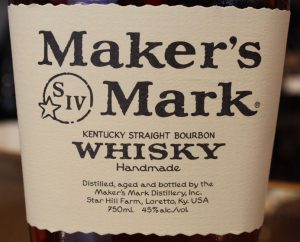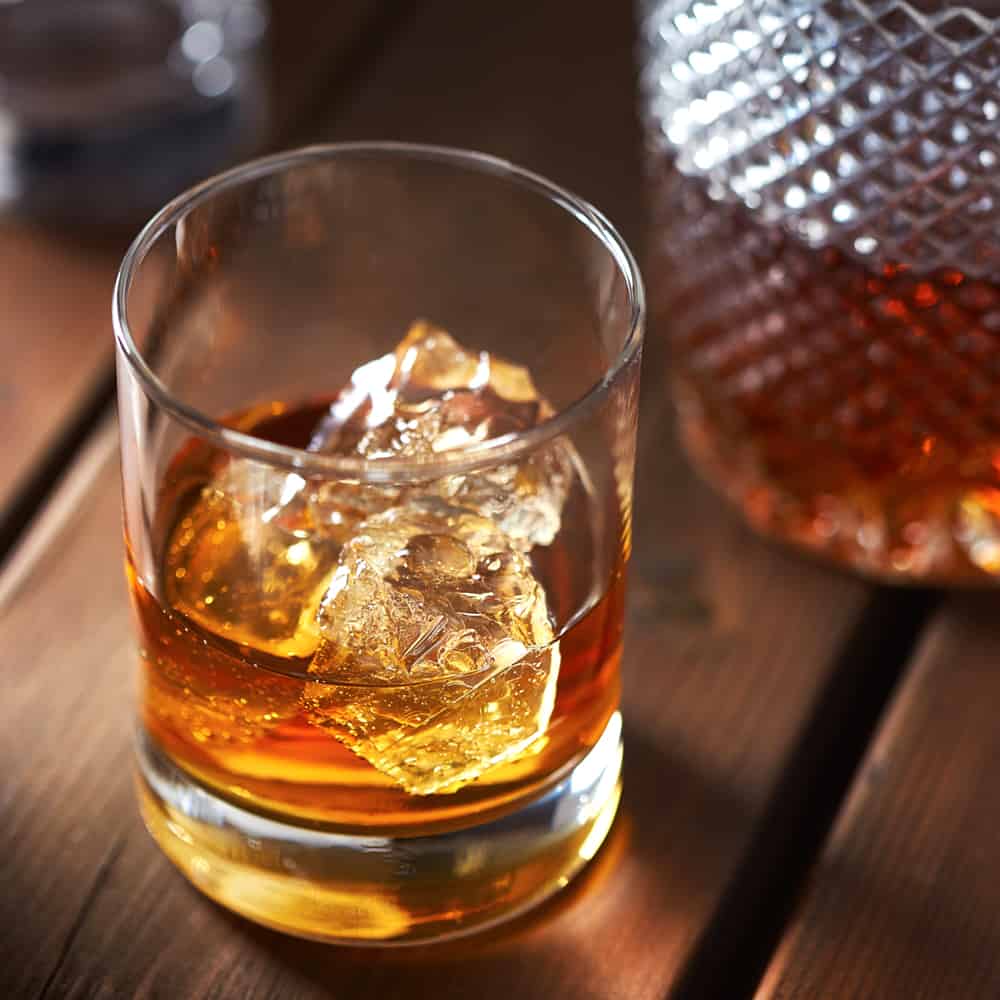It’s all about Marketing
Whiskey labels, in the United States, are little more that advertising billboards. As such, they are the realm of the marketing wizards of the whiskey world. While labels serve to inform us, their real purpose is to encourage us to buy. Therefore, those who design and write the labels are less concerned with informing us and more concerned with motivating us. Fortunately, the Alcohol and Tobacco Tax and Trade Bureau (TTB), part of the United States Department of the Treasury, must approve a label before it can be used. However, while they have rules in place to prevent the most egregious marketing ploys, at the end of the day they allow wide latitude to the whiskey producers.
Whiskey or Whisky that is the Question

The TTB does not mandate the use of one spelling over the other in the United States. However, typically, usually, normally, here in the US, we follow the informal rule of “E”. Within the wonderful of distilled spirits production, over time, an informal convention has come to prevail. Generally, if the country of origin has an “E” in the name of the country, it’s whiskey. If the country’s name doesn’t have an “E”, it’s whisky. As a result, in the United States, producers typically use whiskey, while in Scotland it is whisky. However, the producers of Maker’s Mark, George Dickel, and Old Forester have chosen to use whisky. Go figure. 🙂
Bourbon or Whiskey that is the other Question
I recently covered the six requirements TTB has established for calling a whiskey bourbon here. In summary, to be bourbon the whiskey must be made in the US, use a mash bill of at least 51% corn, be distilled to no more than 160 proof, be stored in an unused, charred oak container (barrel), go into the barrel at no more than 125 proof, and bottled at no less than 80 proof. Surprisingly to many, the TTB has not established an age requirement.
Other Key Terms
Most labels use many other terms, all of which convey important information, or offer the producer a valuable marketing opportunity. Here are some of the most common, and most important.
- Age Statement – The TTB does not require an age statement, unless the youngest whiskey in the bottle is less than four years old. The “youngest” requirement is key. Whiskey producers usually blend from many different barrels to achieve a consistent product. Oftentimes, this means they are blending in whiskeys of differing ages. The TTB says the age statement must reflect the youngest whiskey in the bottle.
- Kentucky Bourbon – The Commonwealth of Kentucky has a law that mandates the term Kentucky Bourbon can only be applied to whiskey that was distilled in Kentucky and aged for at least one year in Kentucky.
- Straight Whiskey or Bourbon – To be labeled “Straight” the TTB says the whiskey must be aged at least 2 years.
- Single Barrel – Single barrel products, usually sold at a premium price, are becoming increasingly popular. So, what’s the TTB legal requirement for putting “Single Barrel” on the label? Not a darn thing. That’s right, in the US, no legal requirement exists for the term “Single Barrel”. It’s simply a marketing term. That said, it is usually meant to indicate that the whiskey in the bottle came from a single barrel. It doesn’t mean it’s been bottled at cask strength. The producer can, and often does, cut the proof down to a level the distiller thinks best suits the whiskey.
- Cask Strength – Like single barrel, this is a marketing term, and is generally understood that the whiskey is bottled straight from the barrel with no water added to lower the proof. Since the proof varies over time as it ages, this is the only way the TTB requirement of bottling at no more than 125 proof can be circumvented.
- Small Batch – Once again, the TTB has not established a legal definition. Therefore, small batch can be used to describe a bottling run of a few thousand bottles or a few million bottles. It’s up to the producer and its marketing staff.
- Handmade – Another marketing term. If you’ve been to a major distillery you undoubtedly noticed not that many hands are being used in the distilling process. It’s typically a massive industrial process with little human intervention. Of course, people are involved in numerous activities required to get the bottles out the door. However, to me, little in the process, deserves to be called “handmade”.
- Flavored – Flavored whiskey products are becoming more and more popular, such as Jim Beam Honey or Knob Creek Maple. Legally, these cannot be sold as bourbon. Instead, they are a liquor or a distilled spirits specialty.
-

Photo Credit Beam Suntroy Second Maturation – Once the whiskey, which may be bourbon, has aged somewhat, some producers use a second aging process to produce a distinctive end product to sell at a premium price. Examples include Jim Beam Double Oak and Jefferson Groth Reserve Cask Finish. If the producer intends to sell the finished product as bourbon, this second maturation process cannot take place in a used, non-oak, or non-charred container (barrel). If it does, as with the Jefferson Groth Reserve Cask Finish, the resulting end product cannot be sold as bourbon.
- Bottle in Bond – Sometimes referred to as “The Good Stuff” the legal term Bottled in Bond (BIB) originated in the US with the Bottled-in-Bond Act of 1897. To qualify as BIB, all of the whiskey in the bottle must have been produced in the same year at the same distillery. No blending of different aged whiskey, even if it’s from the same distillery, is allowed. It also must be bottled at 100 proof, and must be aged for at least four years in a government bonded warehouse. The BIB law came into being during an age of anything goes in American whiskey making, which made it difficult for makers of quality whiskey to compete. This led some distillers, such as Colonel Edmund Haynes Taylor, Jr. (creator of Old Taylor bourbon), to advocate for a law that would allow them to differentiate their products from the swill being produced by so many others. Hence, the moniker “The Good Stuff”.
Repackaging
In my recent article about vodka, I described how some companies purchase distillate from someone else and bottle it as their own. Generally speaking, these companies are referred to as Non-Distilling Producers (NDP). Sometimes whiskey NDPs are craft distilleries who are just getting started and are working to build a brand. Other times, they are well known major producers who want to expand their product lines. Within the wonderful world of whiskey, prominent NDP whiskeys include some or all of the WhistlePig, Jefferson, George Dickel, and Bulleit product lines. As an example, George Dickel Rye Whiskey and Bulleit Rye Whiskey are both distilled by Midwest Grain Products of Indiana.

The TTB rules regarding the labeling of repackaged products aren’t as strong as I would like to see, allowing some NDPs to skate awfully close to the “telling stories” line. The key is to look for the words “Distilled at” or Distilled By” or some similar statement. The TTB doesn’t allow a NDP to claim credit for distilling. As an example, the label on George Dickel Rye very clearly states it is distilled in Lawrenceburg, Indiana, home to MGP. Bulleit is a bit more subtle, and simply states their rye whiskey was produced by Bulleit Distilling Company in Lawrenceburg, Indiana. Keep in mind that a NDP legally can have the word “Distilling” in their company name, even if they do not distill, or even bottle, anything.
So there you are, a handy dandy guide to reading whiskey labels. I hope this helps you make informed decisions about which whiskey to buy next time you are shopping around.
